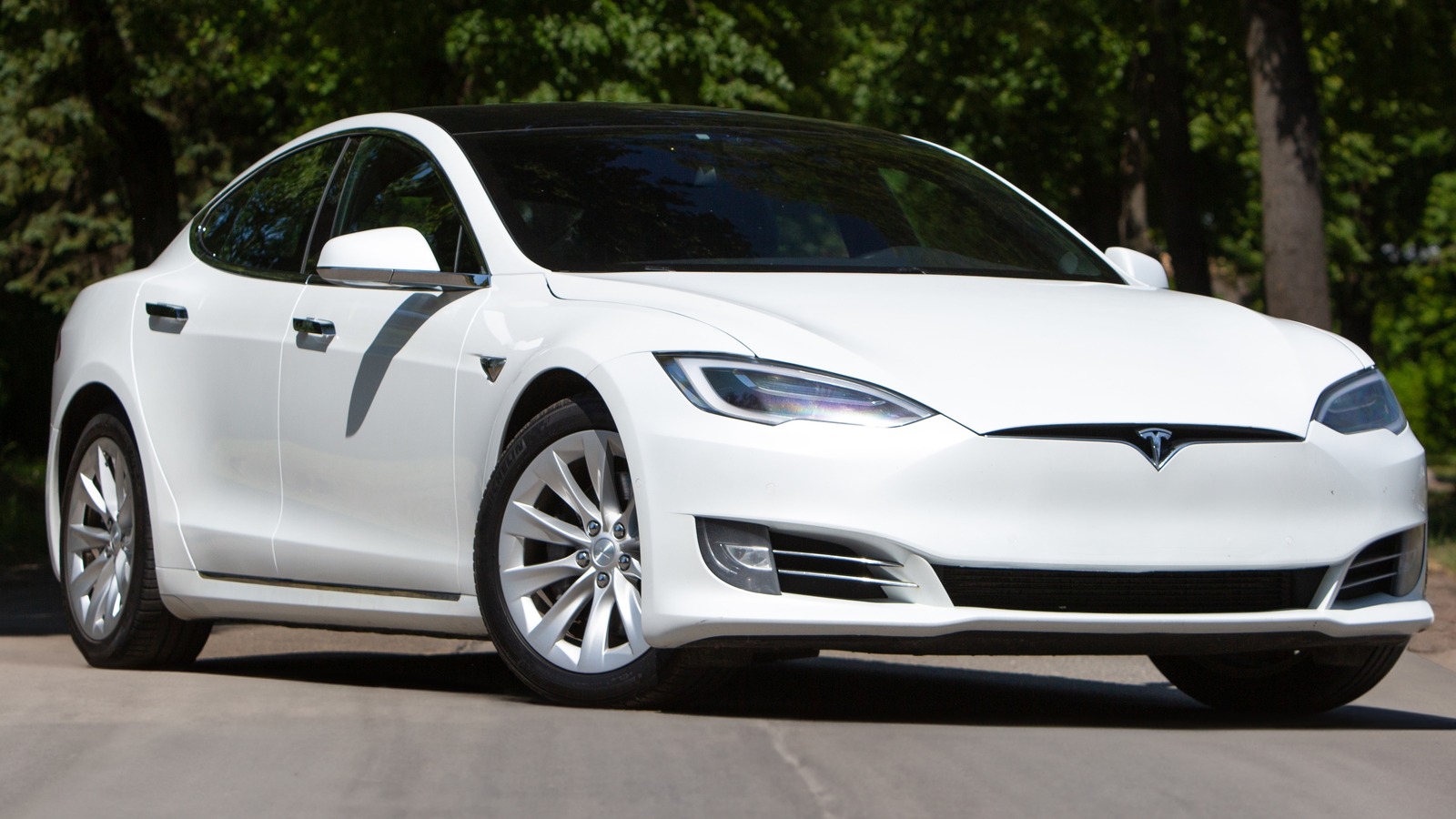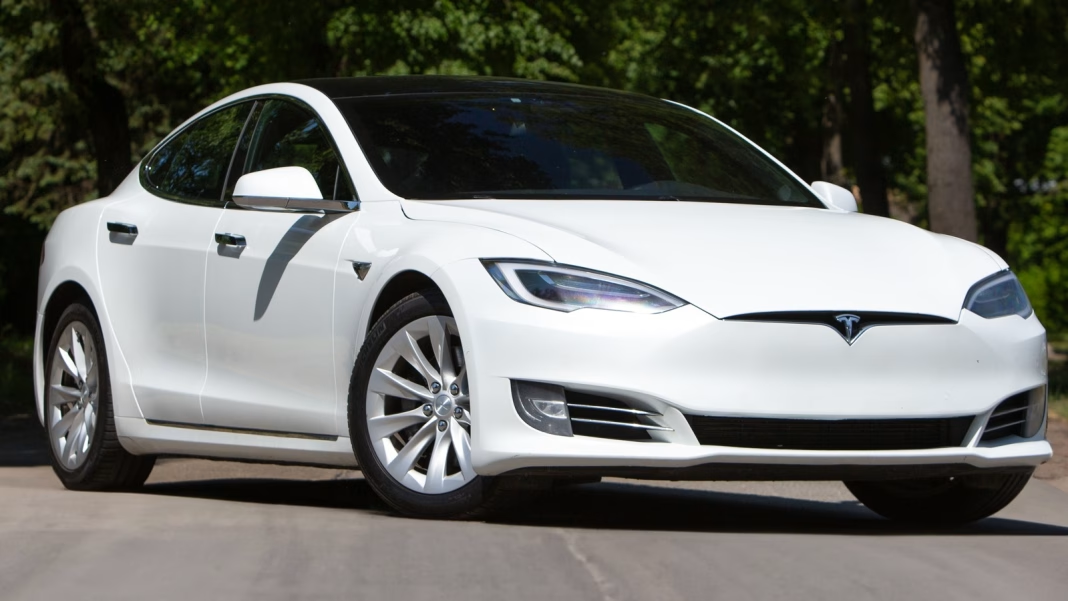Tesla vehicles have made quite a splash in the automotive world, not just for their innovative electric technology but also for some rather glaring fit-and-finish issues. If you’ve ever seen a Tesla on the road, you might have noticed the infamous panel gaps—those unsightly spaces between body panels that can make even the sleekest design look a bit off. So, what’s the deal? Are these issues improving, or are Teslas still rolling off the production line with those pesky gaps?
Understanding the Panel Gap Problem
Panel gaps are more than just an aesthetic concern; they can indicate deeper manufacturing problems. In the automotive industry, precision is key. Ideally, body panels should fit together seamlessly, creating a polished look and ensuring structural integrity. For Tesla, which prides itself on being at the forefront of technology and design, these gaps have been a point of contention among enthusiasts and critics alike.
When Tesla first ramped up production, particularly with the Model 3, reports of inconsistent panel gaps became widespread. Some owners shared photos showcasing gaps large enough to fit a finger through. This led to questions about quality control and the overall manufacturing process. After all, if a car looks poorly assembled, does it inspire confidence in its performance and safety?
Have Things Changed?
Fast forward to today, and there’s a noticeable shift in the conversation. Many Tesla owners and reviewers have reported improvements in the fit-and-finish of newer models. The company has been actively addressing these issues, implementing more rigorous quality control measures and refining their production techniques. For instance, the Model Y, which shares a platform with the Model 3, has shown significant advancements in panel alignment and overall build quality.
But it’s not just about the cars themselves. Tesla has also been investing in better manufacturing technology. They’ve introduced new machinery and processes that enhance precision during assembly. This means that while early models might have left something to be desired, newer iterations are stepping up their game.
Real-World Feedback
What do actual Tesla owners say? Many have reported that the latest models, particularly those produced in the last year or so, exhibit fewer issues with panel gaps. A recent survey indicated that around 70% of Model Y owners felt satisfied with the fit and finish of their vehicles, a significant improvement compared to earlier models. However, it’s worth noting that some owners still report minor inconsistencies, suggesting that while progress has been made, there’s room for further refinement.
The Role of Consumer Feedback
Tesla’s approach to customer feedback is another factor in their improvement journey. The company is known for its direct communication with customers, often using social media and forums to gauge opinions and address concerns. This responsiveness can lead to quicker adjustments in production practices. If a particular issue is highlighted by multiple owners, you can bet Tesla is paying attention.
Looking Ahead
So, are Teslas still plagued by panel gaps? The answer isn’t black and white. While earlier models certainly had their fair share of issues, the newer vehicles show promising signs of improvement. However, it’s essential for potential buyers to do their homework and consider inspecting a vehicle in person before making a purchase.
The big takeaway? Tesla’s journey with fit-and-finish isn’t about perfection—it’s about smarter adjustments. If you’re considering a Tesla, start with one change this week: take a closer look at the latest models and see how they stack up. You might just spot the difference for yourself.


